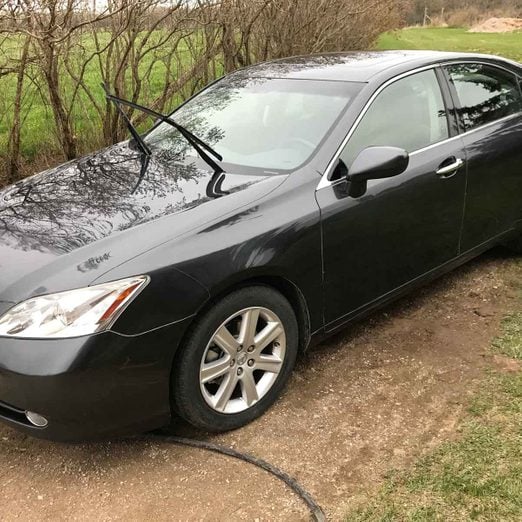How to Polish a Car Yourself
Updated: Jul. 21, 2023
Want to restore your vehicle's dull, unattractive old paint job to near new? Car polish can help. Follow these steps and learn how to polish a car.
Introduction
Car polish is a mildly abrasive liquid product designed to enhance the smoothness and sheen of your vehicle's paint. Applied before waxing, it can transform a dull-looking older vehicle into a near-new looking vehicle with a glossy shine. You'll get the best results if you apply polish with a power polisher or random orbit sander with a polishing pad attachment. Learn the steps involved in polishing your vehicle properly.
Tools Required
- Bucket
- Car washing sponge
- Long-handled hose with attached brush
- Microfiber Cloth
- Orbital polisher or random orbit sander with polishing attachment
Materials Required
- Bug stain remover
- Car polish
- Car washing soap or mild dish soap
- Heavy-duty shop towels
- Rubbing alcohol
- Water
Project step-by-step (6)
Wash the Car
- Drizzle a generous amount of car soap into your bucket, then fill it with water.
- Soak down the entire vehicle thoroughly with your hose-attached brush, knocking loose any large bits of dirt or debris.
- Wet your sponge and make sure it’s full of soap, then rub it firmly over the vehicle body, one section at a time.
- Rinse each section after washing so you don’t give the soap suds a chance to dry on the vehicle and leave marks.
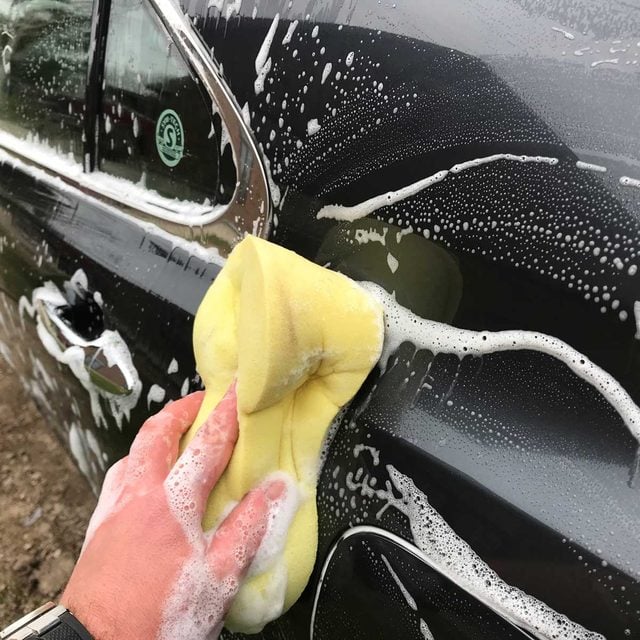
Remove Stubborn Bug Stains
- Inspect the vehicle after washing for bug stains or other stubborn bits of dirt.
- Spray these spots with bug stain remover, then use a heavy-duty shop towel to rub them until they disappear.
- Use rubbing alcohol and another shop towel on tree gum or other spots the bug stain remover couldn’t handle.
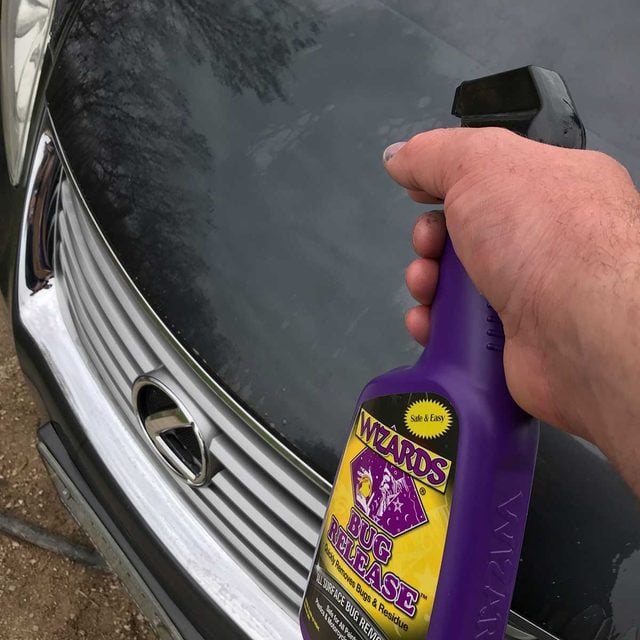
Rinse and Dry
- Give the entire car a final rinse with your hose-attached brush, making sure to wash away all the bug stain remover, rubbing alcohol and any remaining soap suds.
- Dry the entire vehicle carefully with a microfiber cleaning cloth.
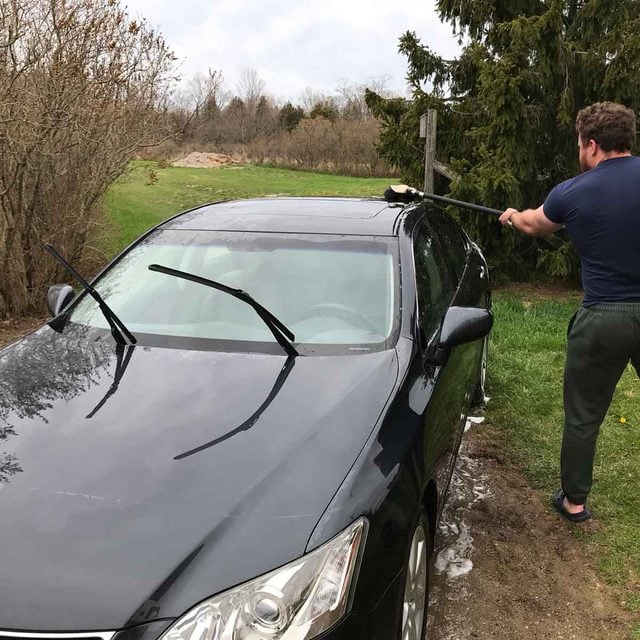
Prepare Polisher
- Attach a foam polishing pad to your polisher, then plug it in.
- Dispense a generous portion of car polish, about two inches in diameter, onto the pad.
- Place the polisher pad against the body of the vehicle. Don’t switch the polisher on until the pad and polish are pressed firmly into the vehicle. Otherwise, it will spray polish everywhere. Don’t forget to check out our collection of the best car polishes.
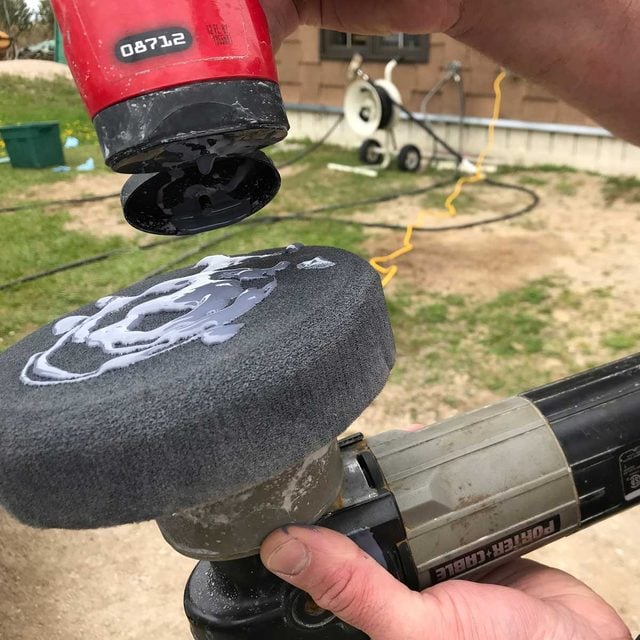
Apply Polish One Section at a Time
- Switch the polisher on at low to medium speed, then move it slowly over the vehicle’s surface.
- Spread the polish out thinly so it forms a whitish haze on the vehicle, but not so thin that you can’t see it anymore. Use more polish as needed.
- Restrict polishing to one section of the vehicle body at a time. When switching off the polisher, be sure not to lift it off the vehicle until it’s completely stopped spinning.
- Go over each section for five to 15 minutes with the polisher until you’re confident you’ve worked the polish thoroughly over every inch of car paint in that section.
- Expect to spend only a few minutes on each section for small cars, and up to 15 minutes per section for large SUVs and trucks.
- Rinse each section after polishing with your hose-attached brush, scrubbing lightly to remove the polish residue.
- Polish all sections the same way, rinsing each when done.
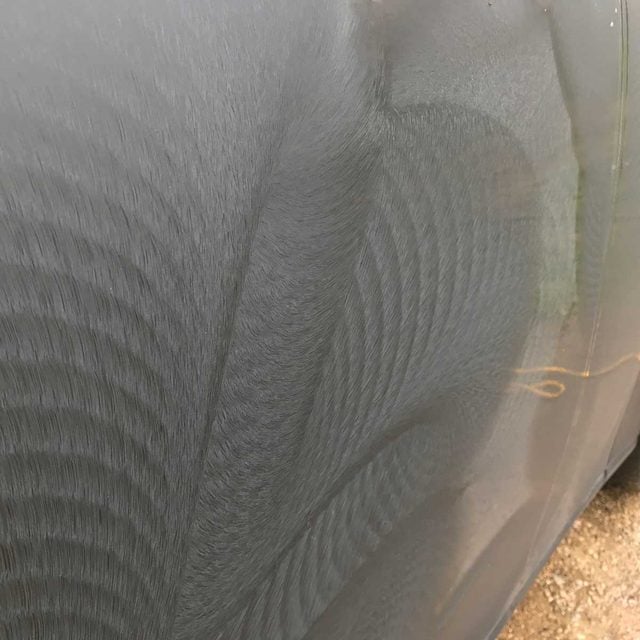
Do a Final Rinse and Dry
- Rinse the entire vehicle once more after polishing is complete, scrubbing lightly with your hose-attached brush to remove any remaining polish.
- Dry the vehicle with your microfiber cloth, and you’re done.





















